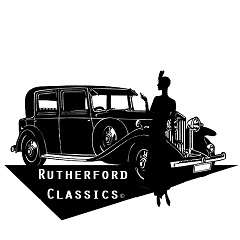Georgia O’Keefe, “…laughed at the idea that anyone would care what she ate for breakfast, yet she understood that the mythology surrounding an artist’s practice was useful material.” (“Self-Made Woman,” by Rachel Syme, New Republic, July 2017, pg. 59.) Ernest Hemingway understood that notion, too, and even saved the grocery lists he made for his cook. (Blog 10/11/11) Myth or mystique, information an artist chooses to make public is called branding and fame thrives on it.
Of course, famous people aren’t always in control of the narrative, and that makes the current exhibition at the Brooklyn Museum on O’Keefe interesting. “Georgia O’Keefe: Living Modern,” focuses on her external life and appearance rather than her art. Always conscious of her minority status among “the boys” as she called her male peers (Ibid pg. 58), she refused to be separated from the pack. And, as the highest-paid woman artists in New York City ten years after she arrived, she had a right to claim her equality. (Ibid, pg. 58.) Which causes me to wonder how she’d feel about an exhibit that dwells on her persona, rather than her art.
Initially, I admit I objected to seeing O’Keefe through the prism of her fashion, even though many garments on display were of her design and making. She eschewed the vibrant colors of her canvasses, apparently, and chose to drape herself in muted shade, favoring minimalist lines. She didn’t dress like a man but there was a restraint, especially in the many kimonos that dominated her wardrobe. (Ibid, pg. 58.) Writer Rachel Syme guesses, “She lived with few embellishments so that her art could be bold.” (Ibid pg. 50.)
To be honest, I find that supposition vacuous — a feeble attempt to bring closure to a contradiction. I prefer to honor the ambiguity. We may know what she ate for breakfast. We may observe every detail of her wardrobe. And yet…. And this is the mystery of art: knowing the minutiae of her life brings us not one scintilla closer to an understanding of her genius. As O’Keefe said to those who insisted her work was erotic: “…as if I think and see what you think and see of the flower… [] I don’t.” (Ibid pg. 58.)
(First published 7/3/17)

